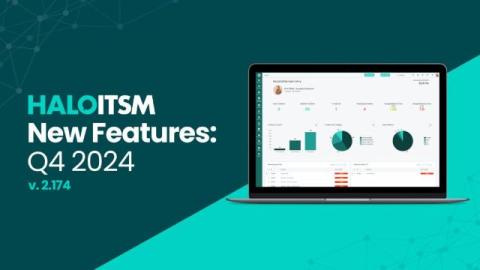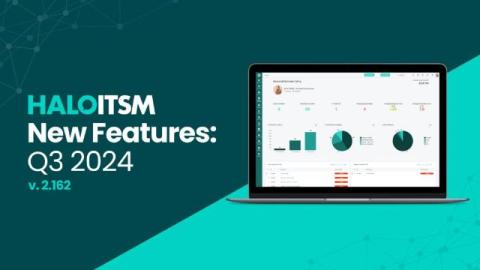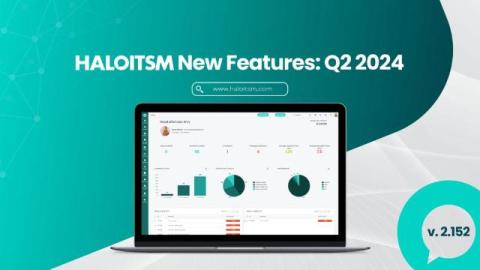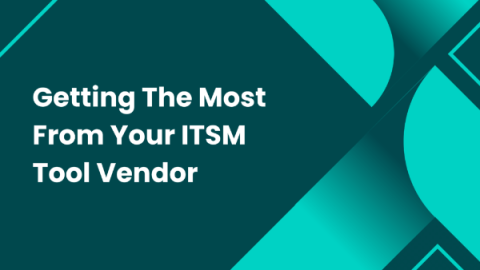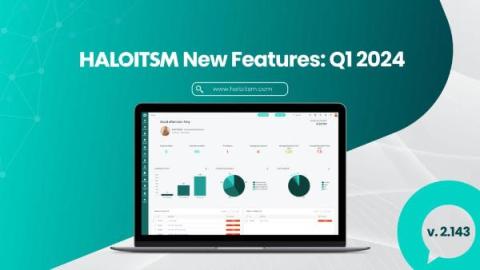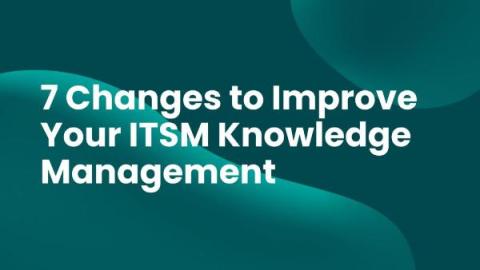HaloITSM New Features: Q4 2024
In this quarter’s update, we are excited to announce a series of new features aimed at improving your ITSM and ESM processes. Our latest enhancements focus on increasing agent productivity, ensuring data security, and providing clearer insights for better decision-making. Key updates include Service Availability Tracking, Intelligent Event/Alert Management, Tailored Dashboards, and several enhancements to knowledge management, email handling, and approval workflows.


